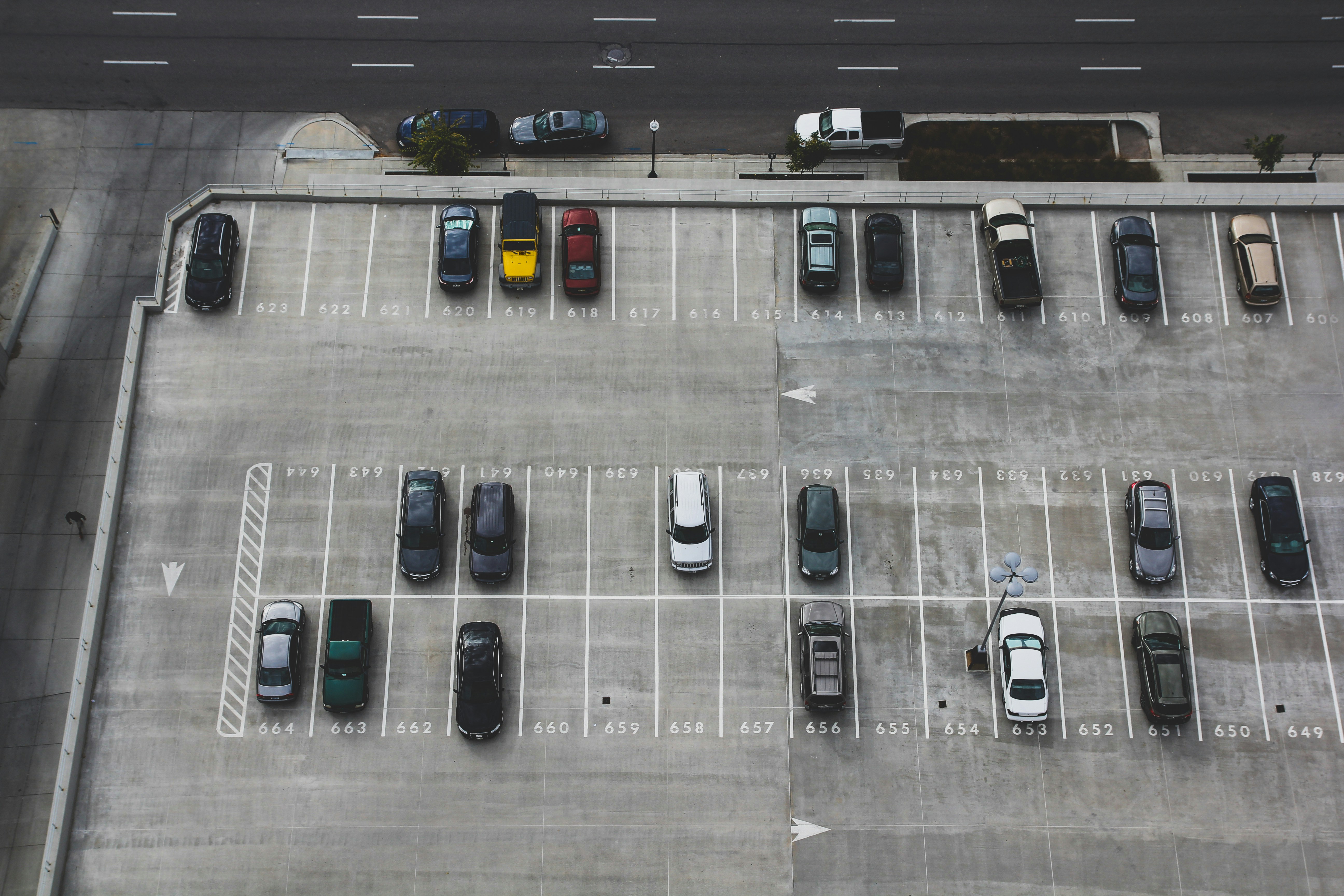Parking is more than a technical detail: it is a powerful tool that shapes how cities grow, how people move, and how sustainable urban life can be.
Michael Johansson’s research explores how parking policies influence mobility, land use, and climate goals, and how reforming these policies can unlock a more sustainable future.
About the report
In the report on 'Parking for Sustainable Cities', Michael Johansson from Lund University studies the typical residential parking requirements, estimates the costs of various types of parking facilities, and analyses their impacts on housing costs, vehicle travel and development patterns.
The report also discusses optimal parking supply and factors that affect parking demands. Finally, this report reviews the relevant literature to provide a deeper understanding of the main environmental and economic consequences of common parking policies.
'Parking for Sustainable Cities' should be of interest to policy makers, planning practitioners, developers, affordability advocates and anybody who wants more affordable, fair and liveable communities.
Key insights from the report
No time to read through the entire report? Here are some key insights!
Space consumption: A single parking space requires 20–30 m² of land, and cities often allocate more land for parking than for housing in central areas.
Car sharing potential: One shared car can replace 8–13 privately owned cars, significantly reducing the need for parking and freeing up urban space.
Parking minimums: Many municipalities still require 1–2 parking spaces per housing unit, even in areas with good public transport. This inflates construction costs and triggers car dependency.
Land-use impact: Parking infrastructure was found to reduce green space availability by up to 20% in densification areas.
- Economic cost: Constructing underground parking can cost up to 50.000 € per space, often passed on to residents through higher rents or housing prices.

Parking: we can do more with less!
Parking reform: a sustainability strategy!
Johansson advocates a shift in urban planning and argues that parking should be considered as a strategic tool for achieving sustainability targets. Key recommendations from his report include:
1. Removing minimum parking requirements for new developments.
2. Implementing dynamic pricing to reflect environmental and spatial costs.
3. Reallocating parking space to support walking, cycling, and green infrastructure.
4. Integrating parking into mobility hubs and shared mobility systems.
Parking is not just about where we leave our cars, it is about how we design our cities. By rethinking parking, municipalities can reduce emissions, improve land use, and promote more equitable and livable urban environments.
Michael Johansson
By rethinking the role of parking, municipalities can do more than reducing emissions: they can reclaim valuable urban space for what truly matters, namely people and vegetation. Every square meter freed from asphalt can become a playground, a pocket park, a bike lane, or a meeting place.
Parking reform is therefore not just a technical fix, it is a chance to reimagine cities as vibrant, green, and inclusive places where mobility serves life, not the other way around.

Text by Michael Johansson (Lund University)
Edited by Jelten Baguet (Mpact)
Photo by John Matychuk on Unsplash
